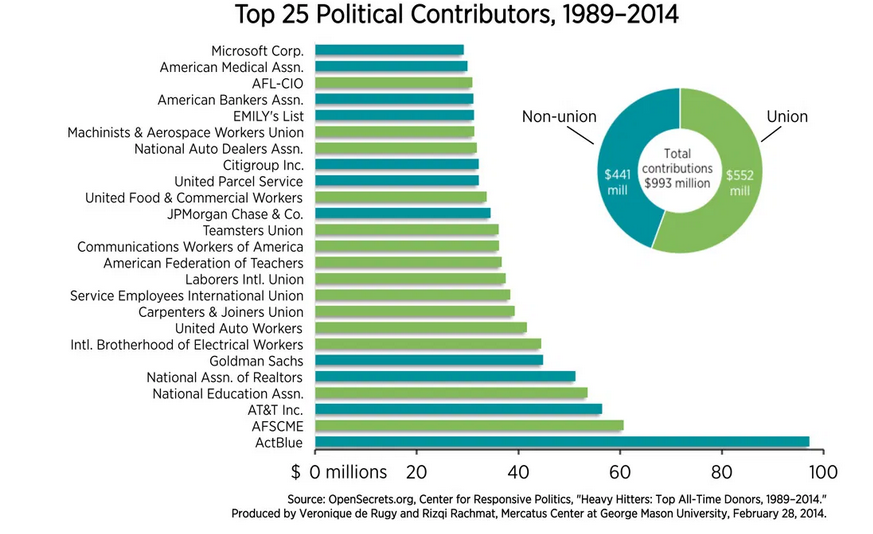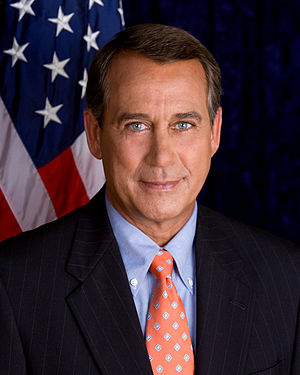Remember when the Biden administration told us that they had no intention of limiting gas stoves? Well, that was then; this is now.
On Monday, The Daily Caller reported the following:
The Biden administration finalized an energy efficiency rule for stoves on Monday after claiming that it has no intention to ban gas-powered models.
The Department of Energy (DOE) published the final rule in accordance with a court order that requires the agency to publish the rule by the end of January. The administration proposed an aggressive efficiency regulation for stoves in February 2023 and subsequently promised that it is not attempting to ban gas stoves, calling suggestions to the contrary “misinformation.”
Compliance with the rules will be required for newly-manufactured products starting in January 2028, according to the DOE. The regulation applies to electric cooktops, gas cooktops, stand-alone electric cooktops, stand-alone gas cooktops and ovens.
…The rules are likely to make certain models more expensive up front, but the government contends that the rule will save Americans money on their utility bills in the long run by reducing the amount of energy their stoves use, according to The Washington Post.
“The new standards will also require only a small portion of models to make modest improvements to their energy efficiency to match the level of efficiency already demonstrated by the majority of the market today,” according to the DOE. “For example, approximately 97 percent of gas stove models and 77 percent of smooth electric stove models on the market already meet these standards.”
The article concludes:
A June 2023 Harvard CAPS Harris poll showed that nearly 70% of respondents oppose policies that would amount to a de facto gas stove ban. Over 80% of Republican respondents and 71% of independents are opposed to such policies, joined by 55% of Democrats polled in the survey.
Beyond stoves, the Biden DOE has also sought to impose energy efficiency regulations for items like water heaters, furnaces and pool pump motors. The administration has also spent hundreds of millions of dollars to help state and municipal governments pursue building codes meant to “decarbonize” buildings.
Neither the DOE nor the White House responded immediately to requests for comment.
The reason the U.S, Constitution requires Congress to make laws is that the members of Congress are elected and therefore accountable to the people. The regulatory state has no Constitutional basis other than Congress not doing its job. There is currently a case before the Supreme Court dealing with the regulatory state. That case is Chevron v. National Resources Defense Council. Hopefully a ruling from the Court that is in line with the Constitution will save us from this nonsense.










